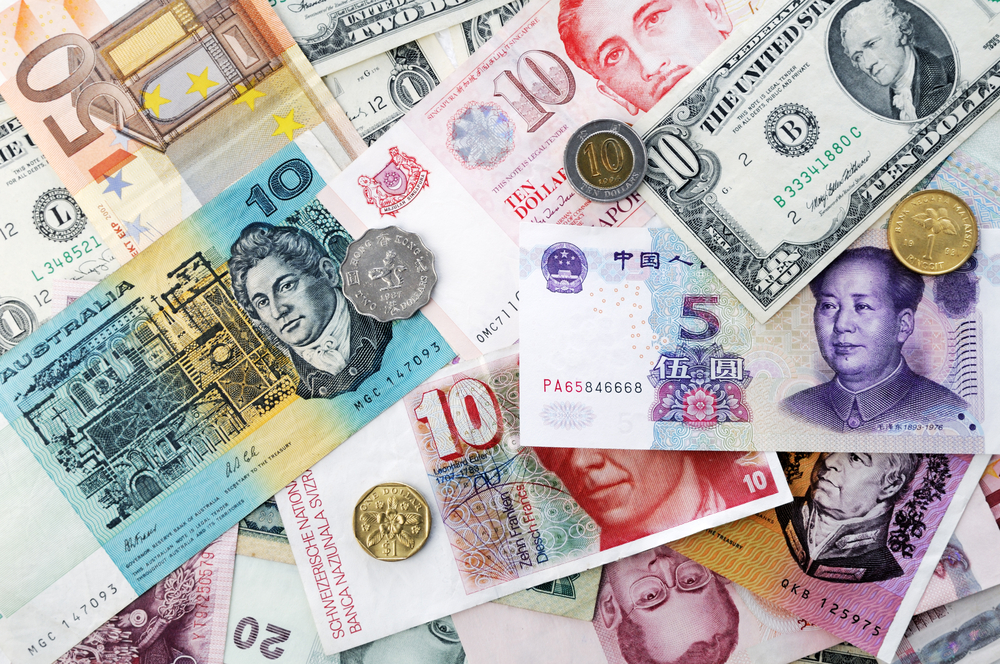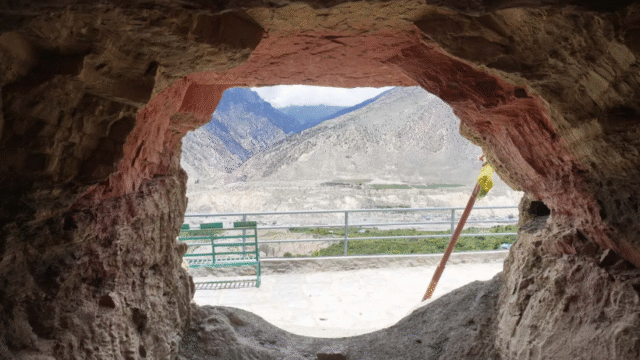The gross foreign exchange reserves of Nepal have seen a substantial increase of 27.8 percent, reaching Rs. 1967.19 billion as of mid-June 2024, up from Rs. 1539.36 billion in mid-July 2023. In US dollar terms, this represents a 25.7 percent rise, bringing the total to $14.72 billion from $11.71 billion over the same period.
According to a recent statement on the ‘Current Macroeconomic and Financial Situation’ based on data from the first 11 months of the fiscal year, the reserves held by the Nepal Rastra Bank (NRB) grew by 30.2 percent, amounting to Rs. 1752.77 billion in mid-June 2024, up from Rs. 1345.78 billion in mid-July 2023. Reserves held by other banks and financial institutions increased by 10.8 percent to Rs. 214.42 billion from Rs. 193.59 billion. The Indian currency’s share in the total reserves stood at 22.3 percent as of mid-June 2024.
The Balance of Payments (BOP) recorded a surplus of Rs. 425.67 billion during the review period, a significant improvement from the Rs. 224.9 billion surplus in the previous year. The current account also showed a positive shift, with a surplus of Rs. 200.39 billion compared to a deficit of Rs. 79.53 billion in the previous year.
Capital transfer decreased by 25.7 percent to Rs. 5.46 billion, while net foreign direct investment (FDI) remained positive at Rs. 8.16 billion, up from Rs. 4.65 billion in the previous year. Consumer price inflation moderated to 4.17 percent in mid-June 2024, down from 6.83 percent a year ago. Inflation in the food and beverage category was 5.76 percent, whereas non-food and service category inflation stood at 2.94 percent.
During this period, Nepal’s total trade deficit decreased by 1.7 percent to Rs. 1314.44 billion, following a 15.2 percent reduction in the previous year. The export-import ratio slightly declined to 9.6 percent from 9.7 percent. Merchandise exports decreased by 3.0 percent to Rs. 139.26 billion, with exports to India falling by 4.5 percent and exports to China increasing by 57.7 percent. Other international exports declined by 1.7 percent. Notably, exports of zinc sheets, particle boards, juice, readymade garments, and oil cakes saw an increase, while palm oil, soybean oil, woolen carpets, brans, and tea experienced a decrease.
The government’s total revenue mobilization, including transfers to provincial and local governments, stood at Rs. 919.19 billion, marking a 9.8 percent growth compared to an 11.2 percent decline in the previous fiscal year. Of this, tax revenue accounted for Rs. 829.04 billion, and non-tax revenue was Rs. 90.15 billion.
The Ministry of Finance’s Financial Comptroller General Office (FCGO) reported that the total government expenditure reached Rs. 1181.30 billion in the first 11 months of the 2023/24 fiscal year. This represents a modest 0.4 percent increase compared to the 13.6 percent growth in the previous year. Recurrent, capital and financial expenditures were Rs. 822.81 billion, Rs. 134.98 billion, and Rs. 223.51 billion, respectively.
Additionally, remittance inflows increased by 19.3 percent to Rs. 1327.51 billion, with US dollar remittances growing by 17.3 percent to $9.98 billion, compared to a 13.0 percent rise in the previous year.
These indicators reflect a positive trend in Nepal’s economic and financial landscape, highlighting improved foreign exchange reserves, a surplus in the current account and balance of payments, and moderated inflation.





